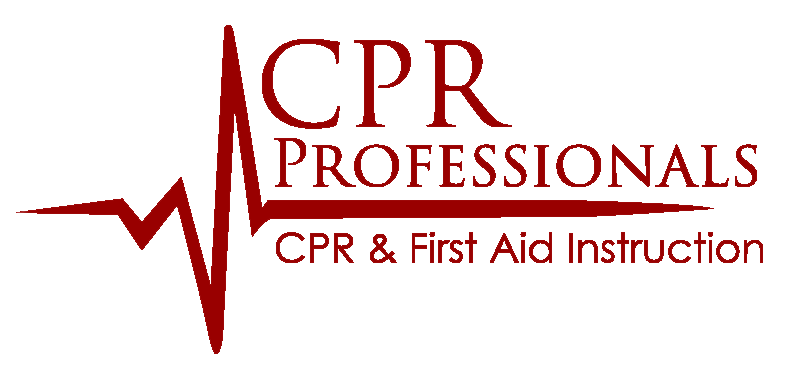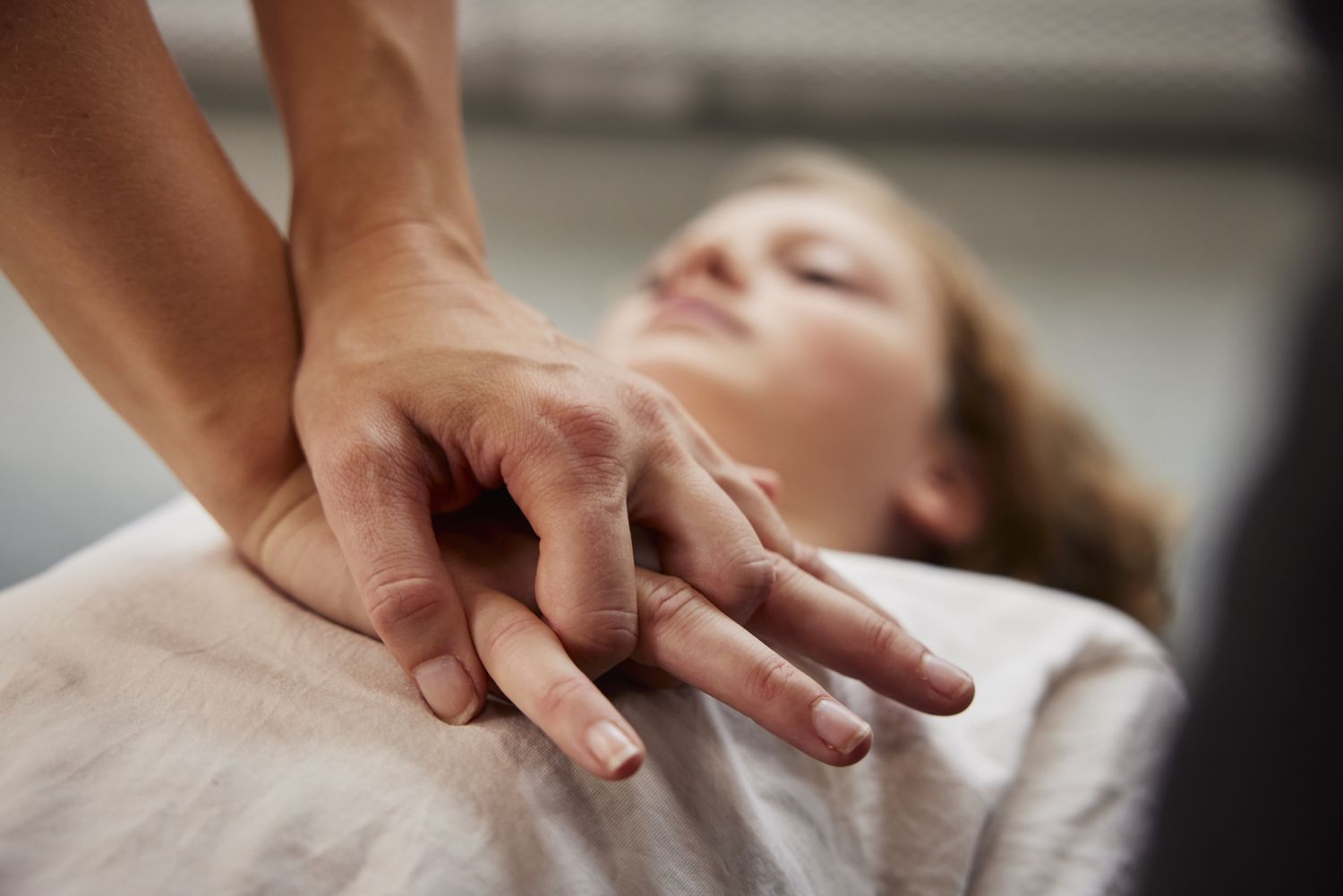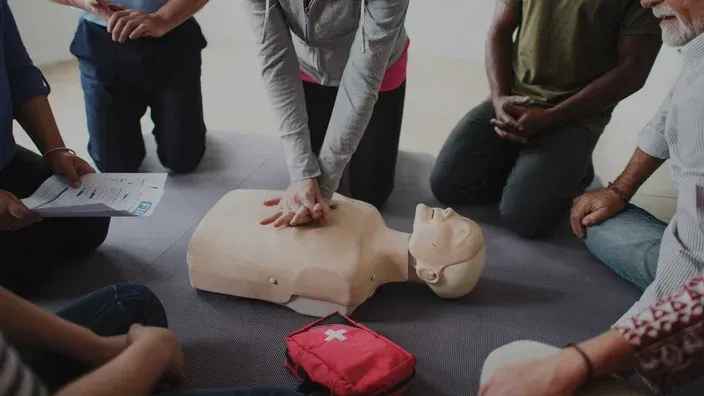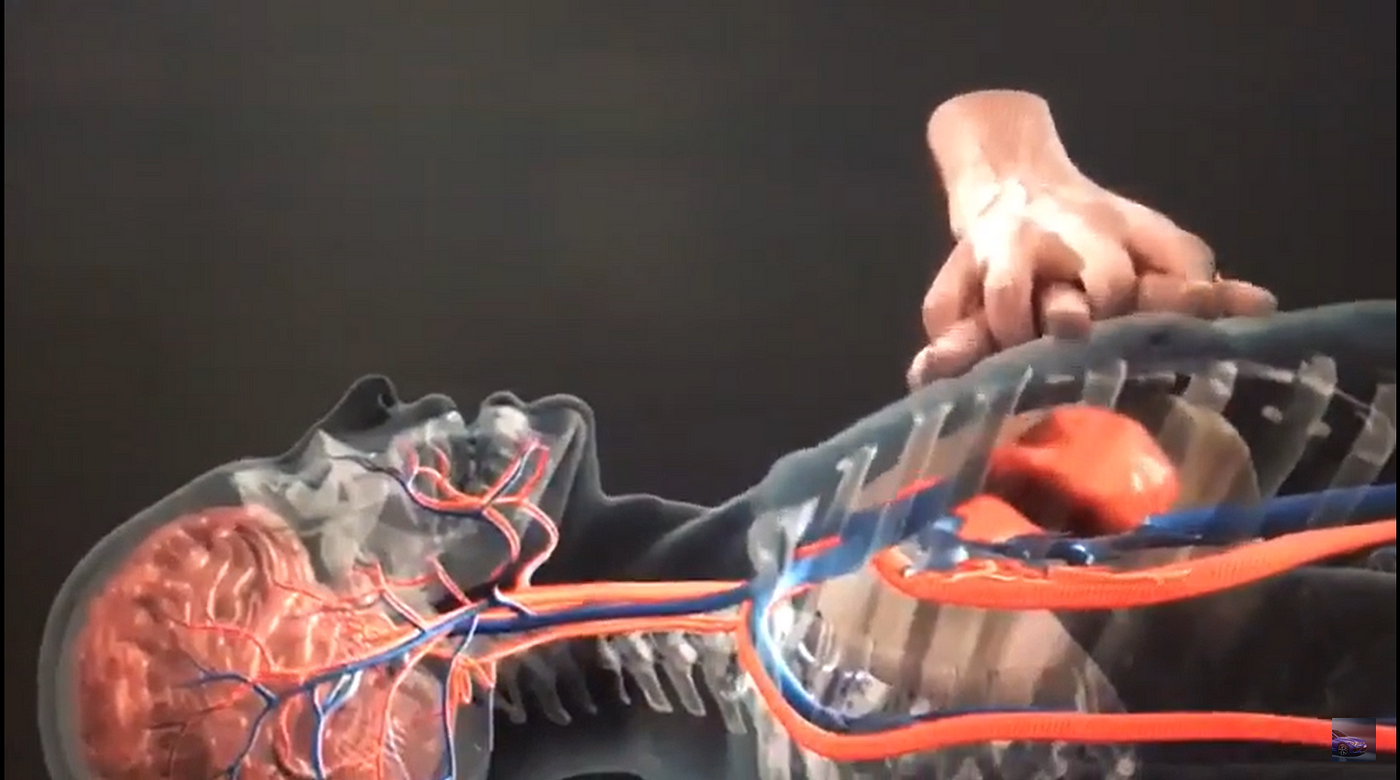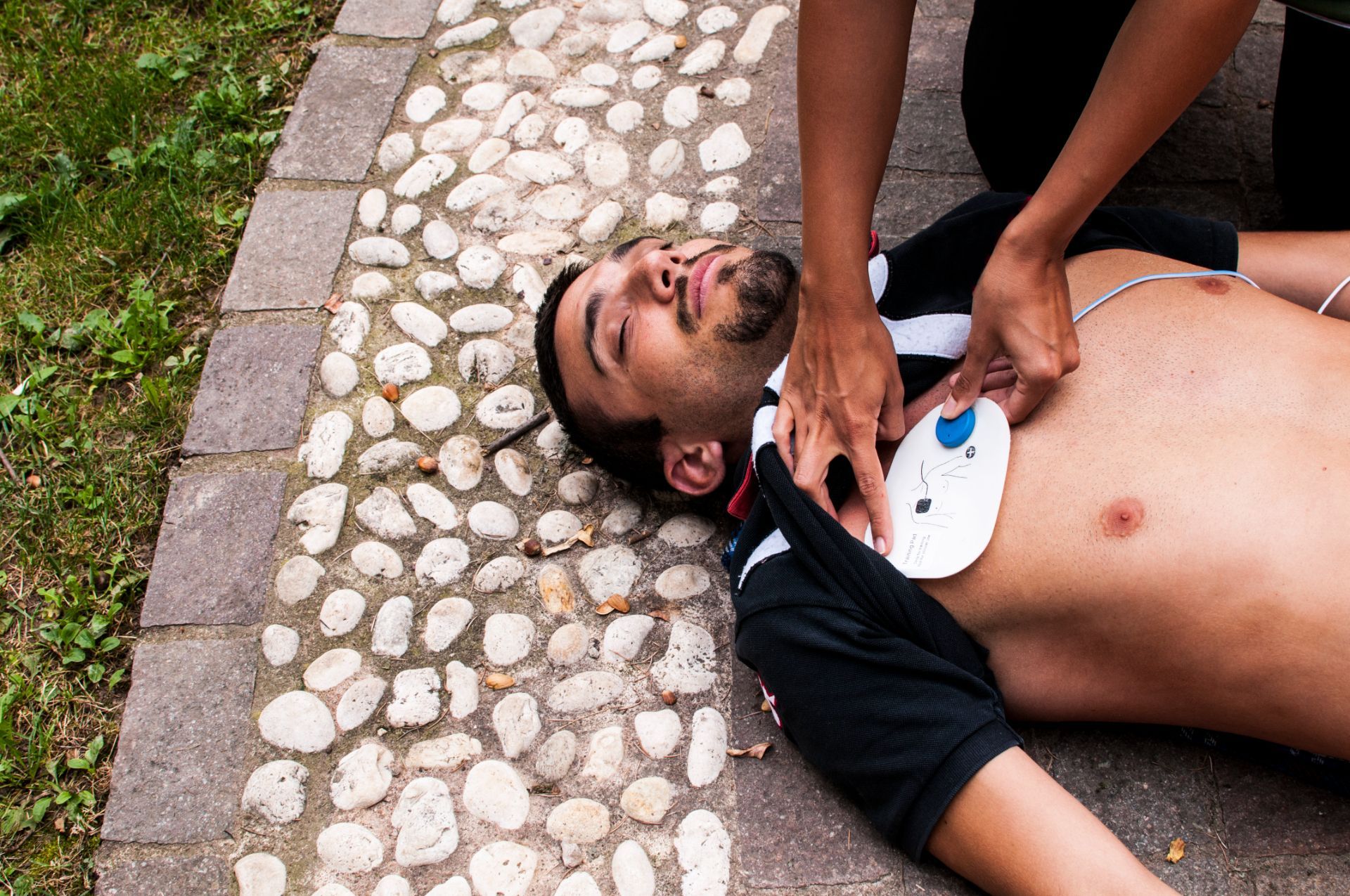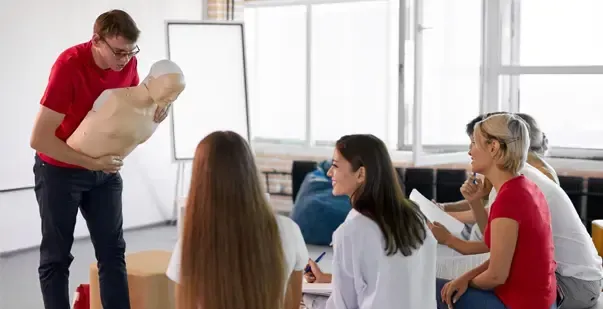Knowing the Difference Between Adult and Child CPR
CPR (Cardiopulmonary Resuscitation) is a critical life-saving technique used in emergencies like cardiac arrest or drowning. While the basic principles remain the same, there are key differences between adult CPR and child CPR that you should know to ensure you provide the right care in a crisis. Whether you're a parent, caregiver, or just someone who wants to be prepared, understanding these differences can make all the difference in an emergency.
Why Knowing the Difference Matters
The human body changes significantly from childhood to adulthood, and so do its responses to medical emergencies. A child’s body is smaller and more delicate, requiring modifications to CPR techniques to avoid injury. Applying the wrong CPR method could reduce its effectiveness or even cause harm. Knowing the appropriate adjustments ensures that chest compressions and rescue breaths are as effective as possible, increasing the chance of survival.
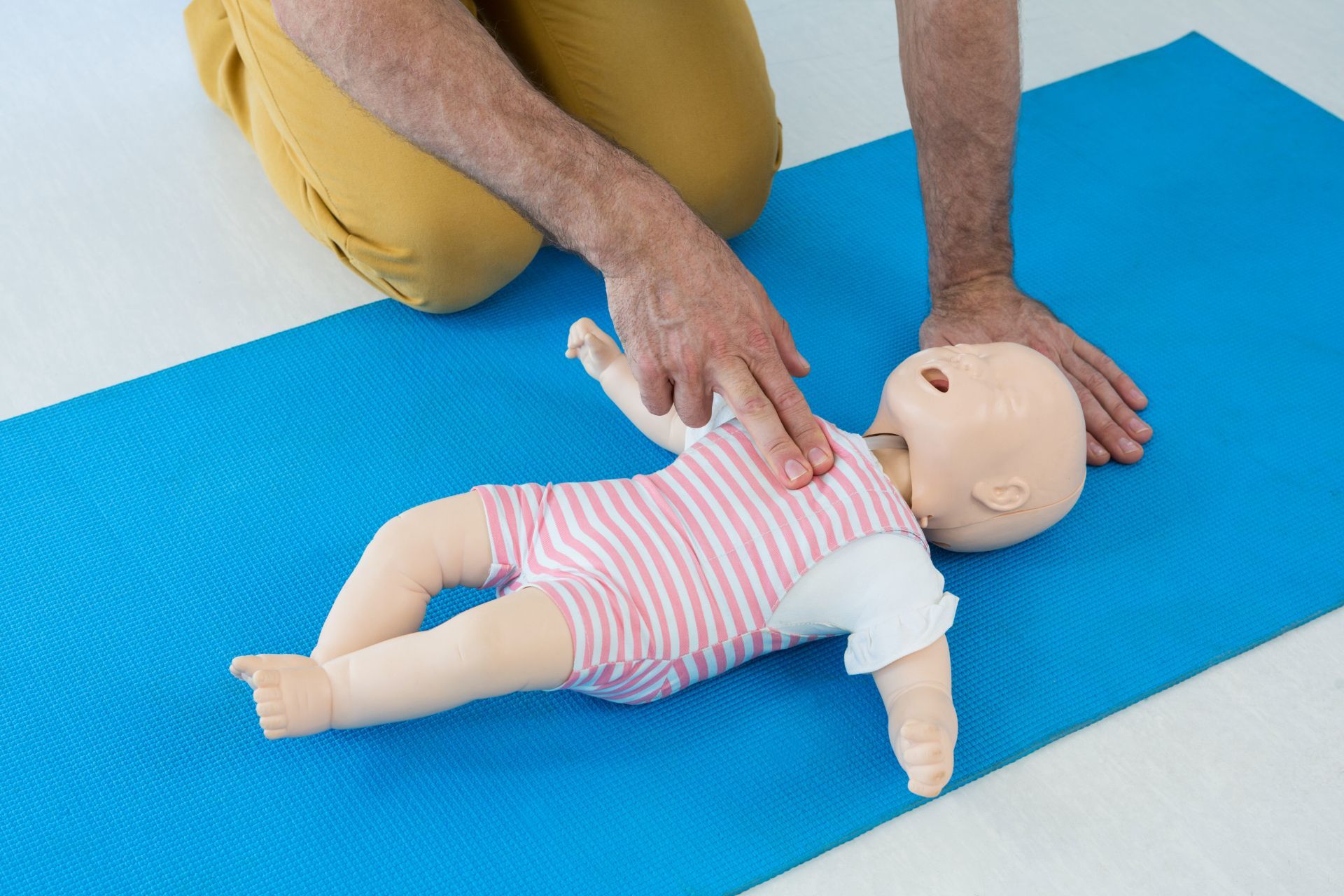
Key Differences Between Adult and Child CPR
Compression Depth and Hand Placement
For adult CPR, you should use both hands, placing the heel of one hand on the center of the chest and the other hand on top, interlocking fingers. The compressions should be at least 2 inches (5 cm) deep to be effective. In contrast, child CPR, which applies to those aged 1 to 8, requires only one hand in the center of the chest with compressions about 2 inches deep. If the child is larger or older, two hands may be used as needed.
Compression to Ventilation Ratio
In adult CPR, the recommended ratio is 30 chest compressions followed by 2 rescue breaths. The same 30:2 ratio applies for child CPR when performed by a single rescuer. However, if two rescuers are available, the ratio should be adjusted to 15 compressions and 2 breaths to provide better circulation and oxygenation.
Rescue Breaths
The approach to rescue breaths differs between adults and children. For adults, breaths should be strong enough to cause the chest to rise visibly, but over-inflation should be avoided. For children, the breaths should be gentler, as their lungs are smaller and more sensitive. Ideally, you should cover both the mouth and nose of the child to create a better seal and ensure effective airflow.
AED (Automated External Defibrillator) Use
When using an AED, adults require standard adult pads, and the device should be used according to the provided prompts. For children under 8 years old or weighing less than 55 lbs (25 kg), pediatric AED pads should be used whenever available. If only adult pads are available, they should be placed with one on the front and the other on the back to prevent overlap.
Causes of Cardiac Arrest
Cardiac arrest in adults is most commonly due to heart-related issues, such as heart disease or heart attacks. In contrast, cardiac arrest in children is usually triggered by breathing problems, such as choking, asthma, drowning, or suffocation. Because of this, rescue breaths play a more vital role in child CPR, helping to restore oxygen levels before compressions are performed.
Importance of CPR Training
Understanding the differences between adult and child CPR is valuable, but getting hands-on CPR training is even more essential. Attending a certified CPR course provides the confidence and skills needed to act quickly in emergencies. Organizations like the American Heart Association (AHA) and the Red Cross offer CPR certification classes tailored to different age groups, ensuring participants receive proper training.
If you're wondering how long CPR should be performed in an emergency, learn more about the Average CPR Duration and why timing plays a crucial role in survival rates.

Final Thoughts
Emergencies can happen anytime, and knowing how to perform the right type of CPR could be the key to saving a life. Whether for an adult or a child, understanding these key differences ensures you're prepared to respond effectively. If you're not already CPR-certified, consider taking a class today – it could make all the difference in an emergency!
